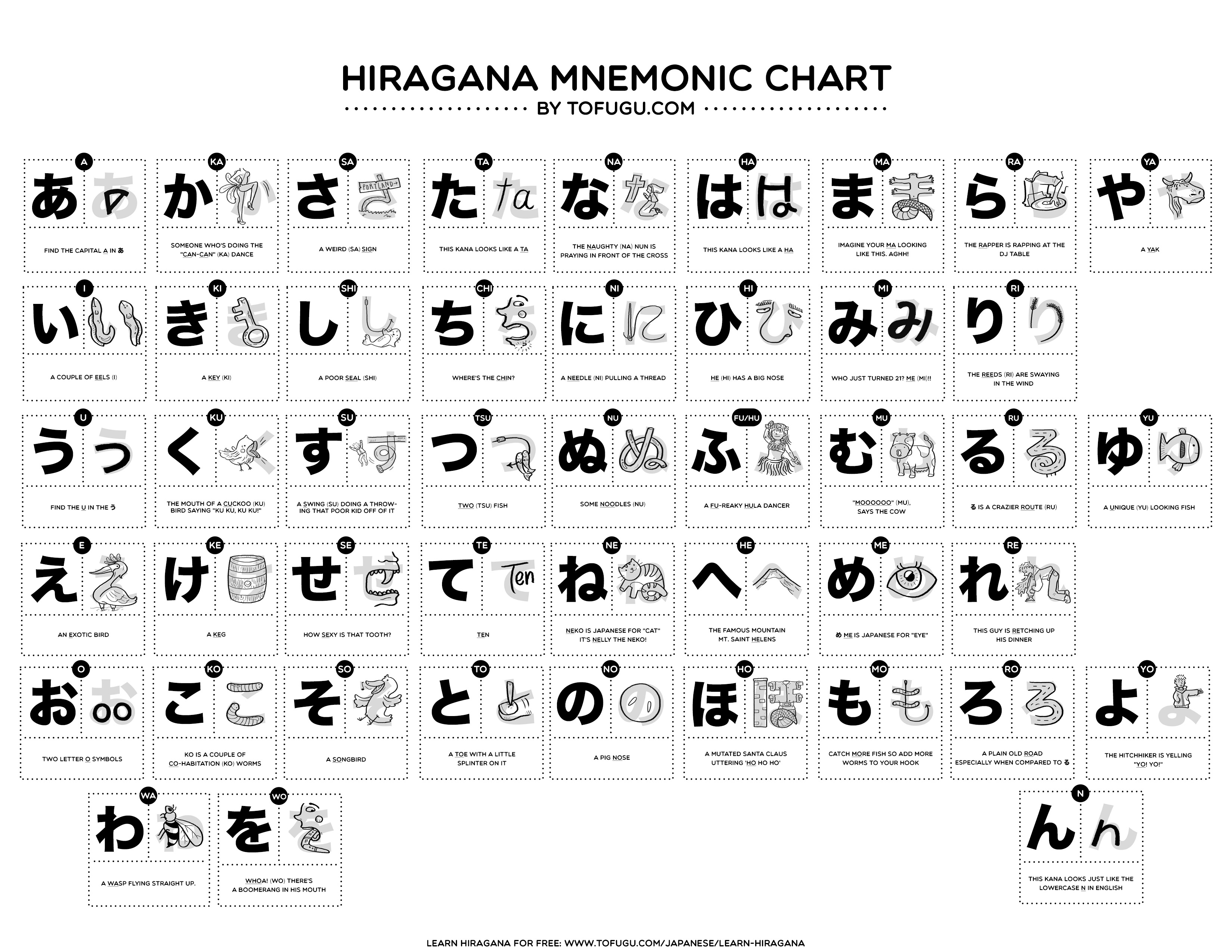How I Studied Basic Japanese
The Japanese language you hear in anime is pretty different from the one Japanese people use everyday. There are certain grammar patterns that you'll hear only in anime, but not in an actual Japanese conversation. Well, my point is, if you want to learn Japanese, anime isn't quite as reliable as one would normally think. But I am here to tell you that there are a LOT of ways to learn and enjoy learning Japanese.
Recommended Resources

*Pronunciation*





So far, there are three kinds of bilingual persons I know -- the one who can speak but can't read and write, the one who can read and write but can't speak and the one who can do both. The first one is mostly people who went to Japan without any background of the language, and only learned speaking by interacting with Japanese people. The second one is mostly people who had a formal education of Japanese in their own country, but haven't had the chance to use it. The third one is a combination of both the first and the second, regardless of which came first. But if you want to be the third one, what I suggest is (1) study the writing system, basic vocabulary and grammar patterns (2) use what you learned every single day. After all, learning any foreign language takes practice and patience.
In this blog post, I will tackle how I studied basic Japanese. I will be giving tips on how to efficiently and effectively use Japanese resources too. Later on, I will also try to post about how I study intermediate to advanced Japanese. I hope this serves as guide for you to figure out your own style of studying Japanese! 💪
Study the writing system, basic vocabulary and grammar patterns
The writing system of Japan is called Kana, which has two kinds -- Hiragana and Katakana. Hiragana is used for native words, while Katakana is used for foreign words. They use foreign words because they either have no translation for it, or the native word isn't being widely used anymore. In addition to this, they also adapted Kanji (Chinese characters).
In summary, Japanese use:
1. Kana
a. Hiragana
b. Katakana
2. Kanji
You might be thinking that it's a lot, so much for basics right? But trust me, learning these first will help you while studying, because most of the recommended resources are also written in Japanese. In short, learning the basics is learning more! 😆
You may start by adding the Japanese language as a typing input in your phone and computer. You can download a flashcard application, this can be used for memorizing the writing system and vocabulary. I use Flashcard Maker app for my iPhone. It's in Japanese but if you're learning it, then might as well get used to it from the start. For my computer, I use Anki.
| Anki |
Recommended Resources
1. Hiragana
*Reading / Memorizing*
 |
*Writing*
Please follow the stroke order properly so you can write it prettily! In my case, I look for sentences written in romaji (romanized) and write them in Japanese. For example, "Watashi wa gakusei desu" to 「わたしはがくせいです」.
*Pronunciation*
*Other resources*
2. Katakana
*Reading / Memorizing*

*Writing*
 |
| Wikipedia |
Same as Hiragana!
*Other resources*
3. Kanji
The stroke order here is also important! For most, especially countries that don't use kanji, this is the hardest writing system of Japan as the level goes up because of the number of strokes. I suggest writing the same kanji as many as you can for your muscle memory. For reading, you can input the vocabulary you learned with kanji in the flashcard applications.
There are different ways to read a kanji. They are called kun-yomi and on-yomi. Kun-yomi is the Japanese reading, while on-yomi is based on the Chinese pronunciation. Thus, the readings of a kanji differ according to the word. Instead of trying to memorize each reading, I suggest memorizing the word itself so you'll know how to actually read them. For example, the kun-yomi of "ー" is hito while its on-yomi is ichi. But when do we use ichi or hito? Instead of remembering what's the kun-yomi and on-yomi of a certain kanji, I think that it's better to remember the vocabulary they are used together with. Thus, you'll know that ー is read as ichi and 一つ is read as hitotsu.
4. Vocabulary and Grammar
I input vocabulary in the flashcard applications, while I construct sentences using grammar patterns. And where do I get the information? Books. As a beginner, I used the following:
Genki
This book has an explanation of the grammar patterns and translation of sentences in English. So using this book is comfortable. Although, the lessons don't follow each other accordingly so it's like learning in random.


Minna no Nihongo
Unlike Genki, this book's lessons follow each other accordingly. But it is in pure Japanese. It might be overwhelming but once you get used to it, you'll get the structure of the book and how the lessons are taught.

Where can you obtain these books? You can sign up for membership in Japan Foundation, Manila so you can borrow these books. You can buy through www.amazon.co.jp or www.ebay.ph too.
Use what you learned every single day
As they say, practice makes perfect. This is specially true in learning foreign language. Unless you use it, you'll never learn it and eventually forget. And this is where speaking and listening comes in. For speaking, I try to speak the sample sentences or the ones I constructed out loud, and without looking at them. For listening, I use the CD's included in the books and watch YouTube videos. I make Japanese friends from language exchange apps too, so I can apply what I learned. I used Tandem for iPhone.
Other Recommended Resources
I know it's difficult learning a new language but it becomes easier when you're having fun. My greatest advice is to not be afraid of making mistakes. The other person will surely understand because he/she knows you're learning. Good luck!




Comments
Post a Comment